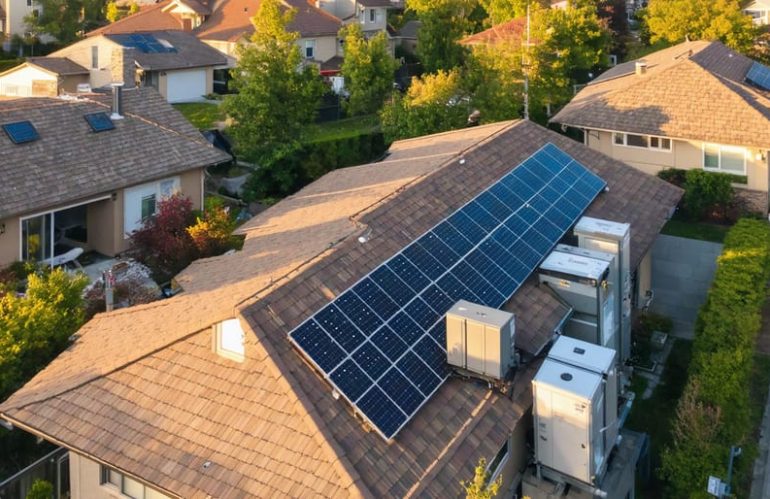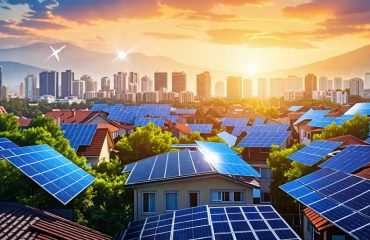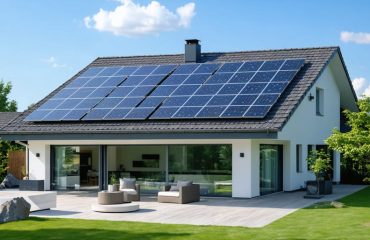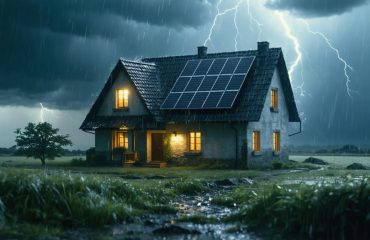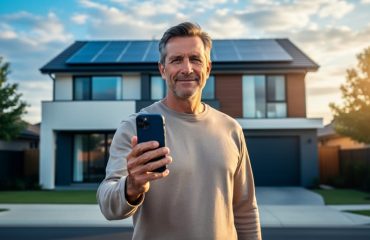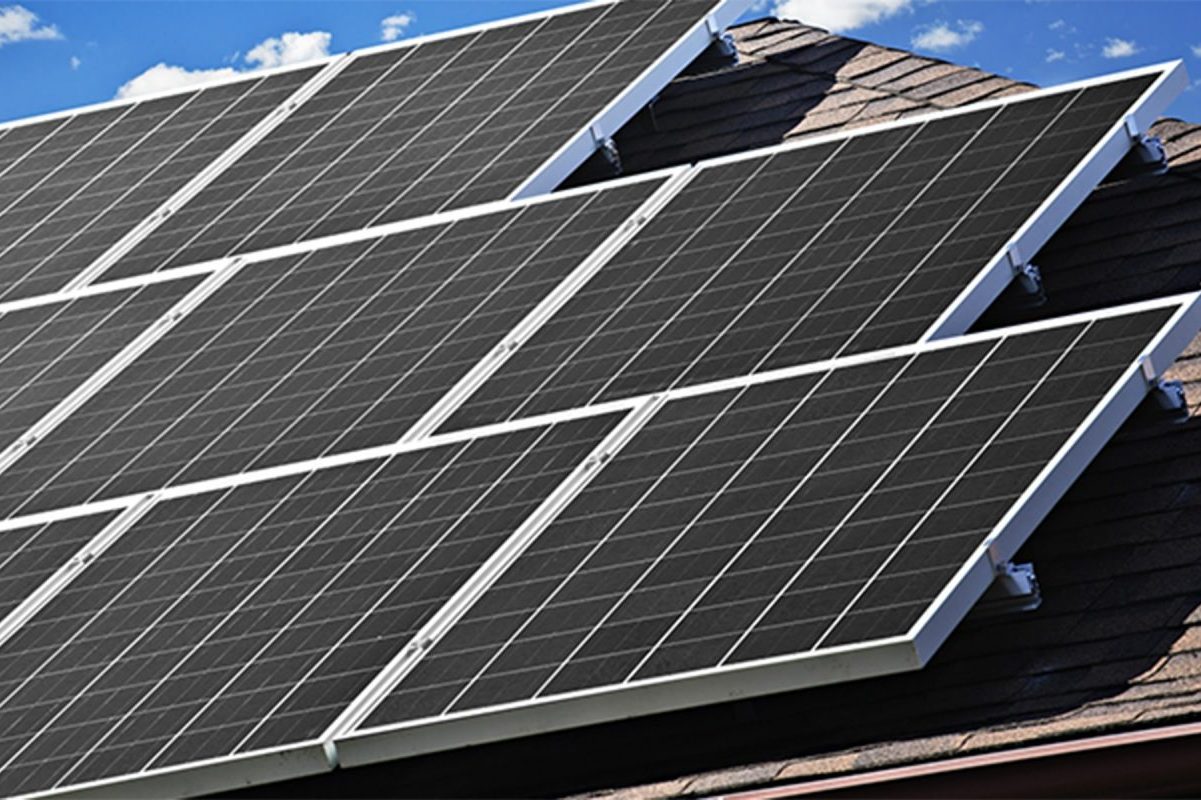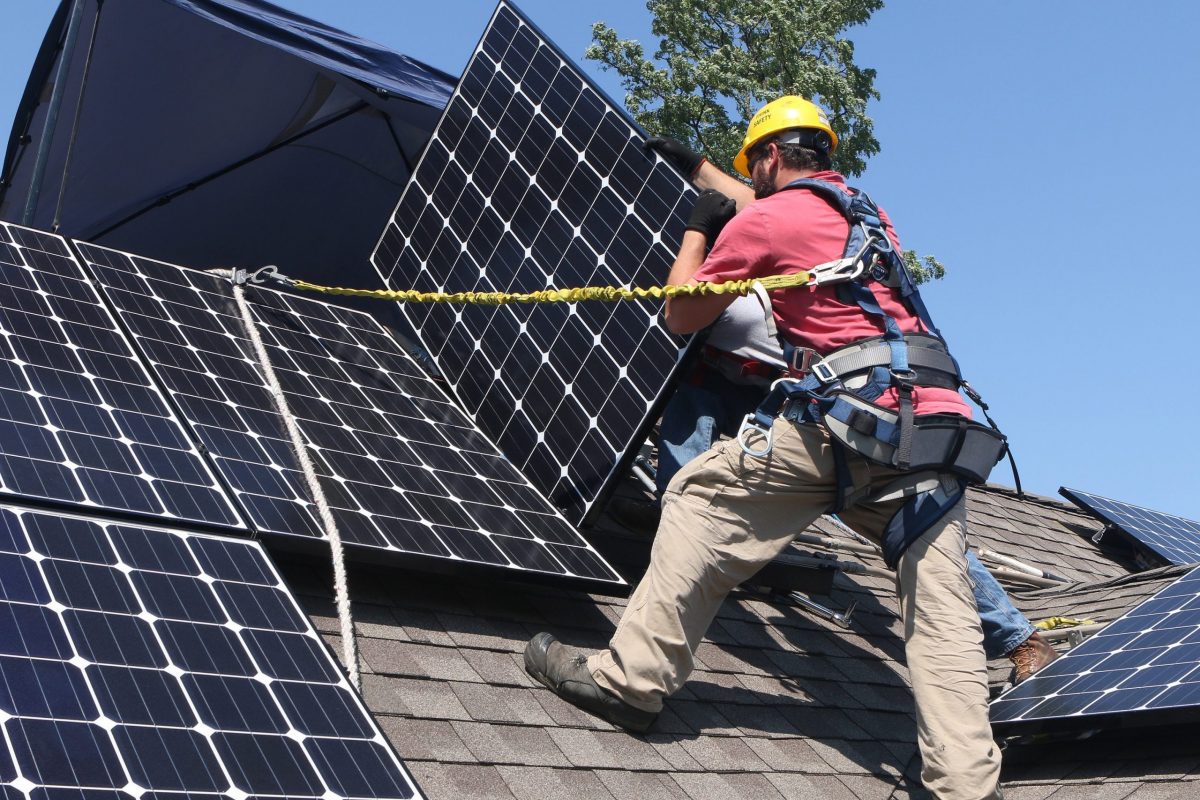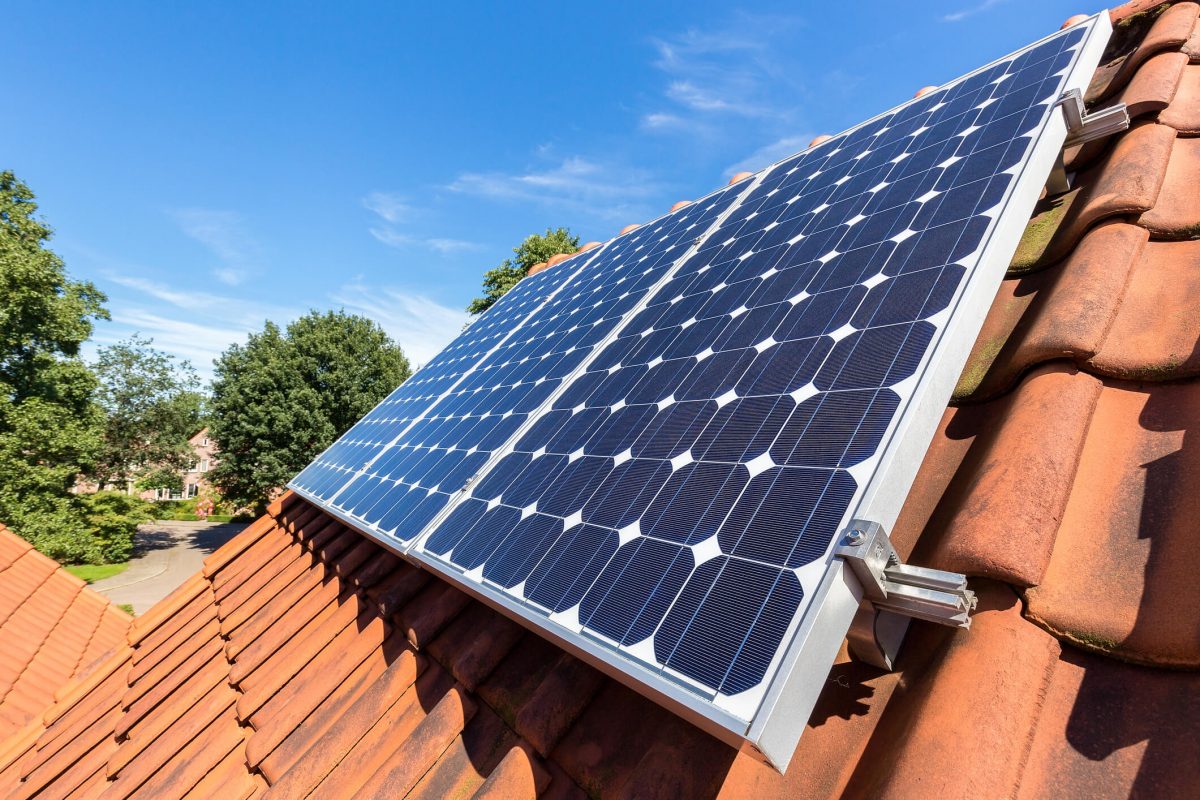Community microgrids represent a groundbreaking shift in how neighborhoods power themselves, combining local energy generation, smart distribution, and storage to create resilient, sustainable communities. When winter storms knocked out power across Texas in 2021, neighborhoods with microgrids kept their lights on and homes heated, demonstrating why these systems are rapidly gaining attention nationwide.
Unlike traditional power grids, community microgrids operate like local power islands, capable of disconnecting from the main utility grid during outages while maintaining electricity flow to connected homes and essential services. By incorporating solar panels, battery storage, and advanced control systems, these networks deliver cleaner, more reliable power while reducing energy costs for participating residents.
The beauty of community microgrids lies in their scalability and adaptability. Whether powering a few dozen homes or an entire neighborhood, these systems can be tailored to meet specific community needs while providing critical benefits: enhanced reliability during emergencies, lower utility bills through shared resources, and reduced carbon emissions through renewable energy integration. For communities seeking energy independence and resilience, microgrids offer a practical, proven solution that’s becoming increasingly accessible and affordable.
What Makes Community Microgrids Different?
The Power of Collective Energy
Community microgrids demonstrate the remarkable power of collaboration in achieving energy independence. When neighbors pool their resources and connect their renewable energy systems, they create a network that’s far more resilient than individual setups. Think of it like a neighborhood watch for energy – everyone benefits from the collective strength.
These interconnected systems share power efficiently across multiple properties, ensuring that excess energy from one home can support another during peak usage times. For example, if your solar panels are generating surplus electricity while your neighbor’s home needs more power, the microgrid automatically balances this exchange.
The beauty of collective energy lies in its redundancy and reliability. When one system experiences issues, others can compensate, creating a safety net for the entire community. This shared approach also makes renewable energy more accessible to all residents, as the costs of infrastructure and maintenance are distributed among participants.
By working together, communities can negotiate better equipment prices, share maintenance resources, and create a more robust energy ecosystem that benefits everyone involved. This cooperative model not only enhances local resilience but also builds stronger community bonds through shared sustainable goals.
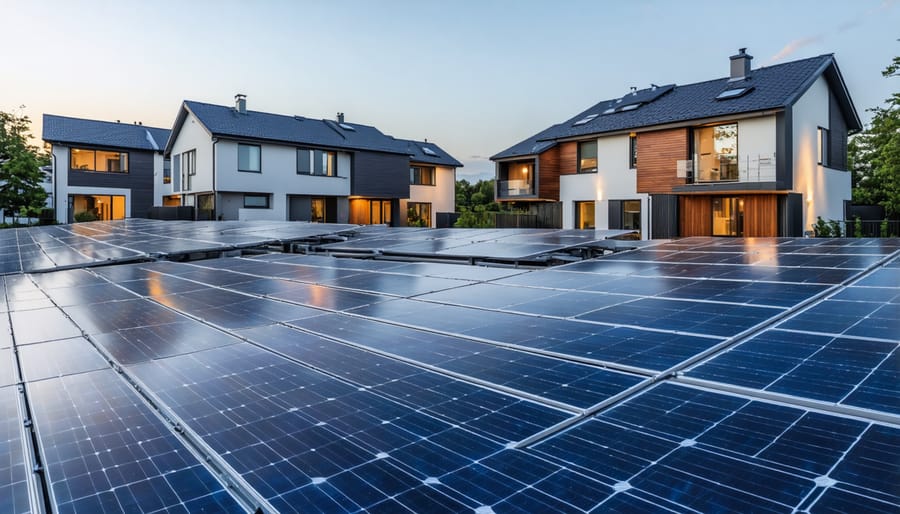
Local Control, Community Benefits
Community microgrids put power back in the hands of local residents, both literally and figuratively. When communities manage their own power systems, they gain direct control over their energy decisions, from choosing renewable sources to setting fair rates that benefit residents rather than distant shareholders.
Local control means faster response times during emergencies and more efficient day-to-day operations. When issues arise, solutions can be implemented quickly without navigating through layers of corporate bureaucracy. This translates to fewer outages and more reliable service for everyone connected to the microgrid.
The economic benefits stay within the community too. Money spent on energy circulates locally instead of flowing to out-of-state utility companies. This creates local jobs in maintenance, operations, and system upgrades. Many communities also generate revenue by selling excess power back to the main grid during peak demand periods.
Additionally, community members can participate in decision-making about their energy future through local boards and committees. This democratic approach ensures the microgrid serves the unique needs of the neighborhood while promoting transparency and accountability in operations.
Essential Components of a Resilient Community Microgrid
Solar + Storage Infrastructure
The heart of a community microgrid lies in its integrated solar and storage infrastructure. Modern solar panels, typically installed on rooftops or in nearby solar gardens, capture renewable energy during daylight hours. These panels connect to advanced battery storage systems that store excess power for use during nighttime or cloudy conditions.
Smart control systems act as the brains of the operation, automatically managing power flow between solar panels, batteries, and homes. These intelligent controllers optimize energy distribution, ensuring each connected household receives power when needed while maintaining grid stability.
The infrastructure also includes power inverters that convert DC power from solar panels into AC power for household use, and sophisticated meters that track energy production and consumption. Modern microgrids often feature weather monitoring stations and predictive analytics to anticipate energy needs based on upcoming weather patterns.
Together, these components create a reliable, efficient power network that can operate independently or in conjunction with the main power grid, providing communities with energy security and cost savings.
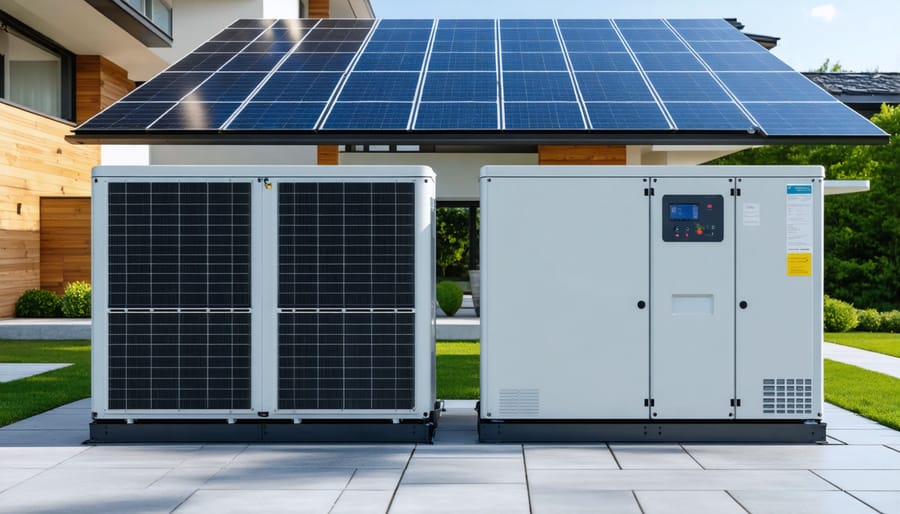
Grid Connection and Independence
Community microgrids offer the unique advantage of operating in two distinct modes: grid-connected and island mode. When connected to the main utility grid, these systems can draw power as needed and sell excess energy back to the utility, helping reduce costs for the community. This flexibility allows residents to benefit from utility services during normal operations while maintaining energy security.
During power outages or emergencies, microgrids can automatically disconnect from the main grid and operate independently in “island mode.” This seamless transition ensures that critical facilities like hospitals, emergency services, and community centers maintain power when it matters most. Advanced control systems monitor grid conditions and make split-second decisions about when to disconnect and reconnect.
The ability to switch between these operating modes makes community microgrids particularly resilient. They can take advantage of utility power when it’s available and reliable, while providing a safety net during disruptions. This flexibility also allows communities to optimize their energy usage based on factors like time-of-use pricing and peak demand periods, leading to significant cost savings for residents.
Community Engagement Systems
The success of a community microgrid depends heavily on active neighborhood participation and well-structured management systems. When residents are involved from the planning stages, they’re more likely to support and benefit from the project. Regular community meetings, workshops, and information sessions help keep everyone informed and engaged.
Effective management structures typically include a steering committee made up of local residents, utility representatives, and technical experts. This committee oversees important decisions about energy distribution, maintenance schedules, and cost-sharing arrangements. Many successful microgrids also establish a cooperative model where residents have a direct say in operational decisions.
Digital platforms and smart meters enable residents to monitor their energy usage and participate in demand response programs. These systems often include user-friendly apps that show real-time energy consumption and generation data, helping community members make informed decisions about their energy use.
Educational programs play a crucial role in helping residents understand how to maximize the benefits of their microgrid. Regular training sessions ensure everyone knows how to participate effectively and respond during power outages or peak demand periods.
Real Benefits for Your Community
Enhanced Emergency Preparedness
Community microgrids play a crucial role in maintaining essential services during natural disasters and power outages. When traditional power grids fail, these localized energy systems keep critical facilities like hospitals, emergency shelters, and public safety buildings operational. This enhanced power resilience means communities can better respond to emergencies and recover more quickly from disasters.
During extreme weather events or grid failures, microgrids automatically disconnect from the main grid and operate independently. This “islanding” capability ensures that vital community services remain powered, including:
– Medical facilities and equipment
– Emergency communication systems
– Water treatment and pumping stations
– Cooling centers during heat waves
– Traffic signals and street lighting
– Emergency response centers
Many communities are now incorporating battery storage systems alongside solar panels in their microgrids, creating a reliable power supply that works around the clock. This combination provides dependable backup power while reducing reliance on diesel generators, which can be both costly and environmentally harmful.
The stability offered by community microgrids extends beyond emergency situations. These systems help prevent power disruptions during peak usage periods and provide consistent energy quality, protecting sensitive equipment in schools, businesses, and public facilities. This reliability makes communities more attractive to residents and businesses while ensuring public safety during challenging times.
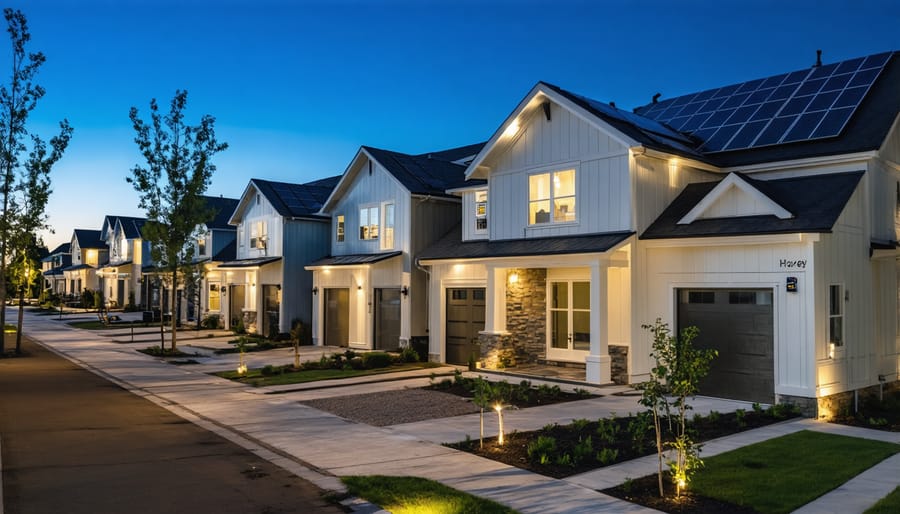
Lower Energy Costs
Community microgrids offer significant cost savings through the power of shared resources and smart energy management. By pooling energy generation and storage capabilities, neighborhoods can reduce their collective energy expenses in several ways.
One of the primary financial benefits comes from peak demand management. During times when electricity rates are highest, the microgrid can switch to stored or locally generated power, helping residents avoid costly peak-hour charges. This coordinated approach to energy use can lead to savings of 15-25% on monthly utility bills.
The shared infrastructure also means reduced individual investment costs. Instead of each household purchasing their own solar panels and battery storage systems, these resources can be distributed across the community, making clean energy more accessible and affordable for everyone involved.
Maintenance costs are also lower when spread across multiple households. Rather than each homeowner managing their own system, the community can share the expenses of upkeep and repairs. Additionally, bulk purchasing power for equipment and services often results in better rates and more favorable terms from suppliers.
Many microgrids can generate extra revenue by selling excess power back to the main grid during high-demand periods. This income can be reinvested in the system or distributed among community members, further offsetting energy costs. Some communities report annual savings of thousands of dollars per household through these combined benefits.
Getting Started: Building Community Support
Gathering Neighborhood Interest
Building support for a community microgrid starts with engaging your neighbors in meaningful conversations about energy independence and cost savings. Begin by organizing informal meetings or coffee gatherings where residents can discuss their energy concerns and share ideas. Create a simple survey to gather input about power reliability issues and gauge interest in renewable energy solutions.
Social media platforms and neighborhood apps like NextDoor can help spread awareness and connect with interested parties. Consider creating a dedicated Facebook group or email list to share information and updates. Partner with local environmental groups or sustainability organizations to host educational workshops that explain the benefits of microgrids in simple terms.
Focus on highlighting tangible benefits that matter to your neighbors: lower utility bills, increased property values, and improved power reliability during outages. Share success stories from other communities that have implemented microgrids. Remember to address common concerns about costs and implementation early in the process.
Identify enthusiastic neighbors who can serve as community champions and help build momentum for the project. Their passion and dedication can inspire others to get involved and support the initiative.
Working with Local Utilities
Working with local utilities is a crucial step in establishing a community microgrid. Most utilities are increasingly open to microgrid partnerships, recognizing their value in grid stability and customer satisfaction. Start by scheduling a meeting with your utility company’s renewable energy or distributed generation department to discuss your community’s plans.
The utility will guide you through their interconnection requirements, which ensure your microgrid operates safely alongside the main grid. They’ll also help determine appropriate metering systems and explain any available incentive programs or rebates that could offset installation costs.
Be prepared to address technical requirements like grid synchronization and safety protocols. Many utilities now have standardized procedures for microgrid integration, making the process more straightforward than in the past. Some may even offer pilot programs or technical assistance to help communities get started.
Remember that building a positive relationship with your utility is essential for long-term success. They can become valuable partners in maintaining and optimizing your microgrid’s performance while ensuring compliance with local regulations and safety standards.
Funding Options
Financing a community microgrid project doesn’t have to be a barrier, thanks to various funding options available today. Many communities leverage a combination of funding sources to make their microgrid dreams a reality. Federal and state government incentives for solar projects can significantly reduce initial costs, often covering up to 30% of the total investment.
Public-private partnerships have emerged as a popular financing model, where utility companies and private investors share the costs with the community. Green bonds and environmental impact investments are also gaining traction, allowing communities to secure favorable long-term financing while promoting sustainable energy goals.
Many communities successfully implement a cooperative ownership model, where residents collectively invest in the project and share both costs and benefits. Local credit unions and community development financial institutions (CDFIs) often offer specialized loans for renewable energy projects at competitive rates.
Grant opportunities from environmental organizations and foundations can provide additional funding support, particularly for communities demonstrating innovative approaches to clean energy adoption and social equity in their microgrid projects.
Community microgrids represent a powerful solution for creating more resilient, sustainable, and cost-effective energy systems at the local level. As extreme weather events become more frequent and energy costs continue to rise, these innovative systems offer communities a practical path toward energy independence and environmental stewardship.
The benefits of community microgrids extend far beyond individual households. They strengthen neighborhood bonds, create local jobs, and provide a reliable power supply when the main grid fails. By combining renewable energy sources with smart technology, these systems help reduce carbon emissions while potentially lowering energy costs for all participants.
For communities interested in exploring microgrid solutions, the time to act is now. Start by organizing community meetings to gauge interest and forming a planning committee. Connect with local energy experts, utility companies, and municipal authorities to understand the regulatory landscape and available incentives. Research successful microgrid projects in other communities and learn from their experiences.
Remember that while implementing a community microgrid requires careful planning and coordination, the long-term benefits make it a worthwhile investment. Whether your motivation is environmental sustainability, energy independence, or economic savings, community microgrids offer a practical solution that empowers neighborhoods to take control of their energy future.
Ready to take the first step? Contact your local energy authority or community leaders to start the conversation about bringing a microgrid to your neighborhood.

